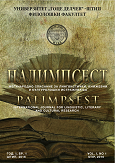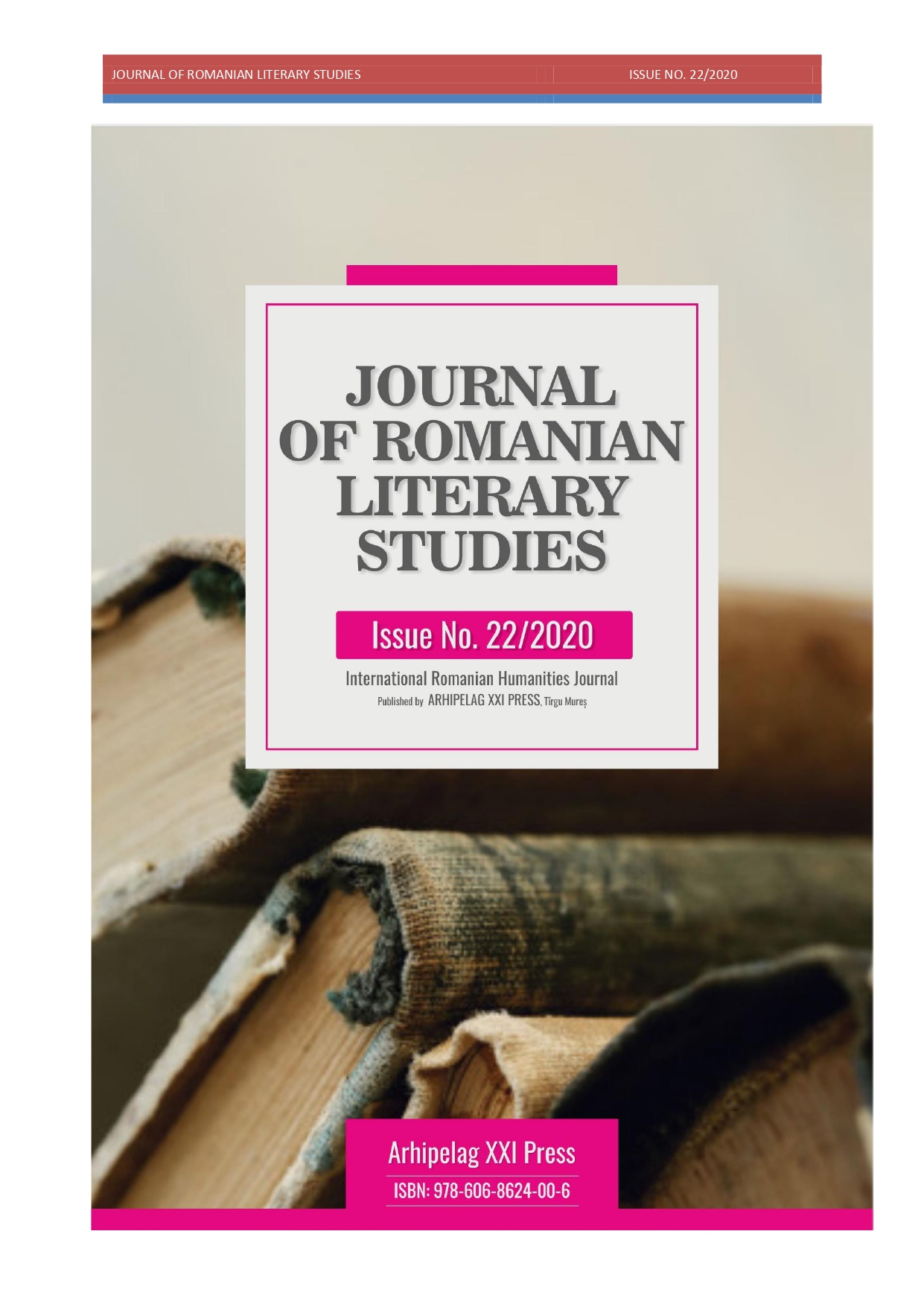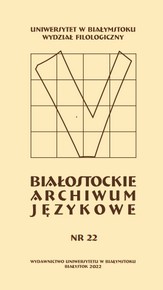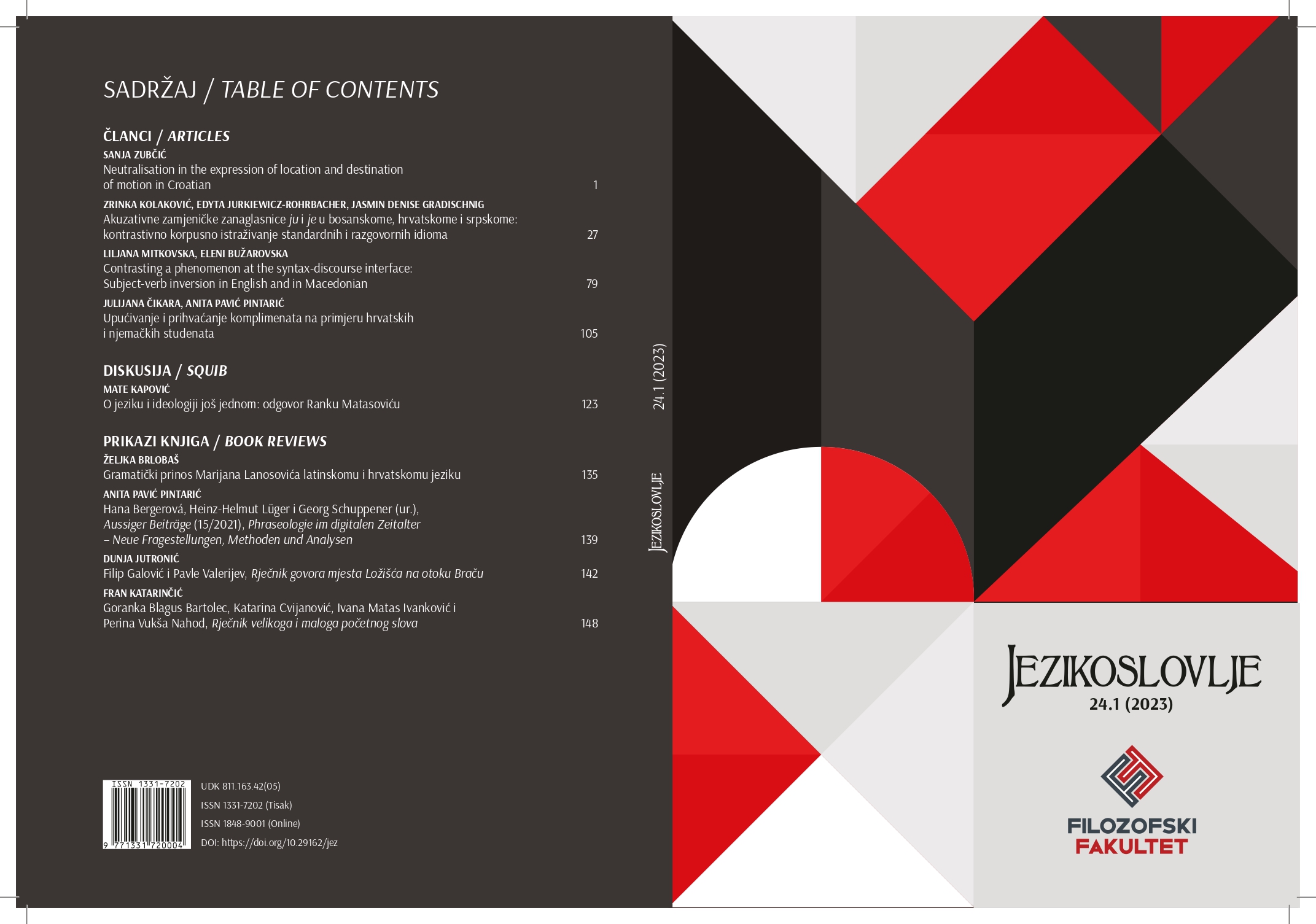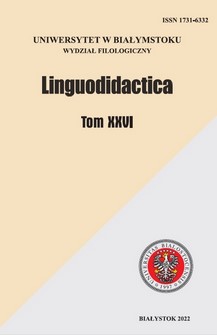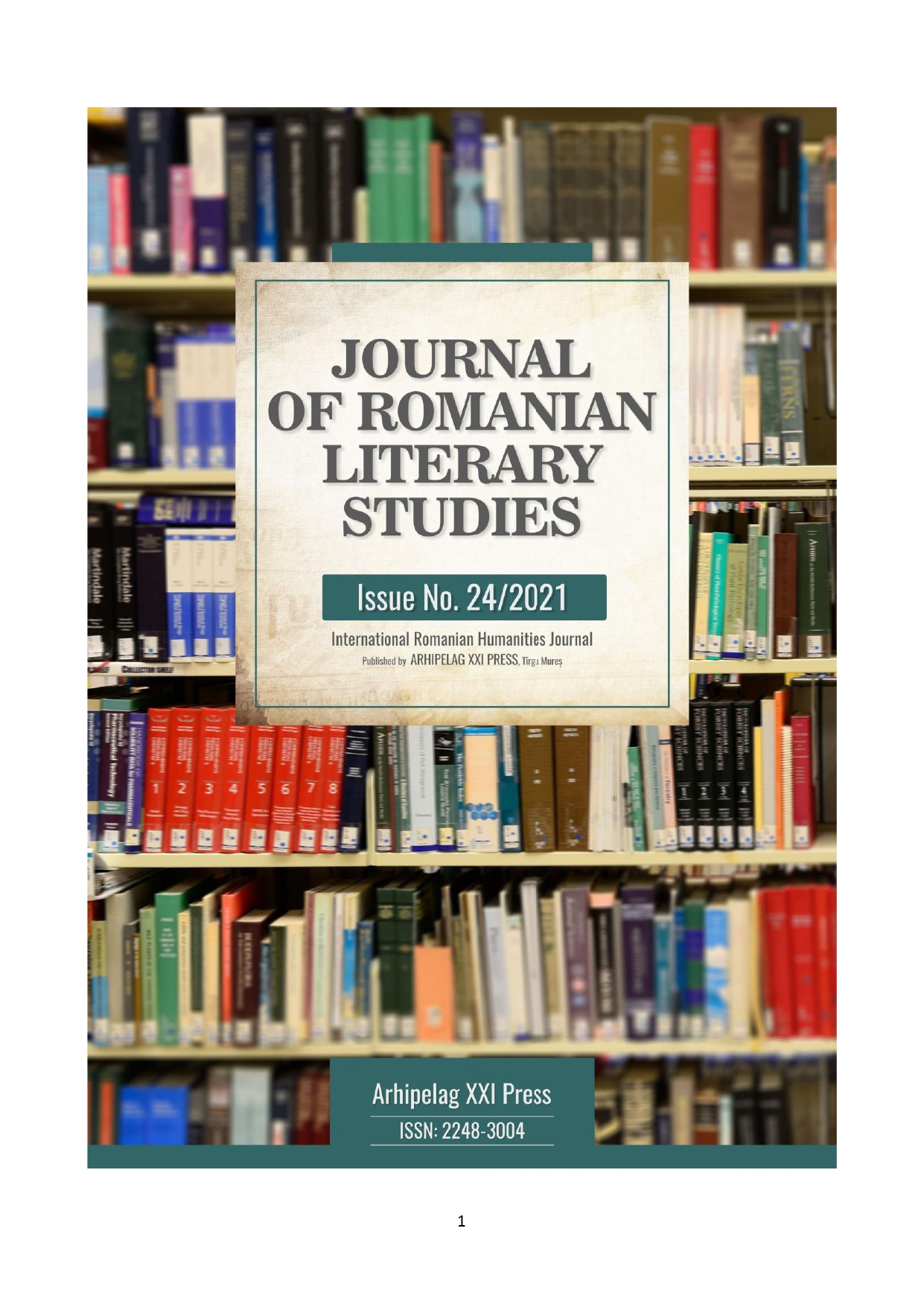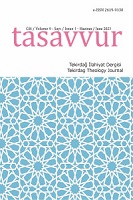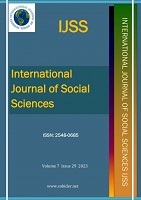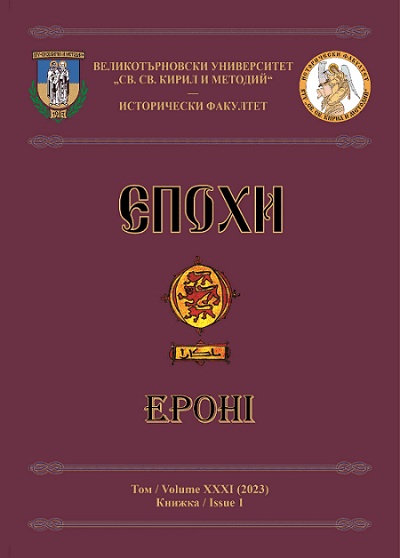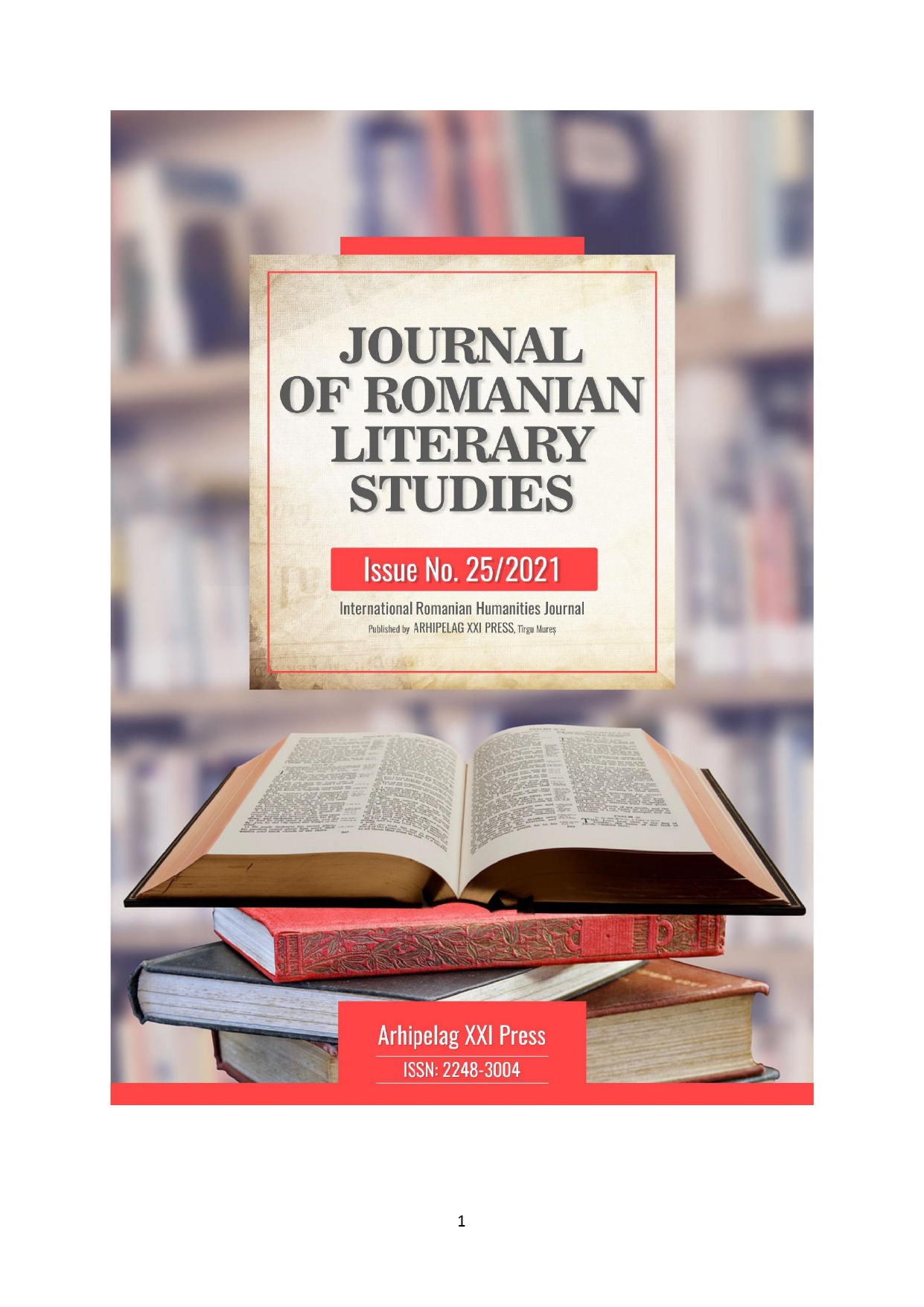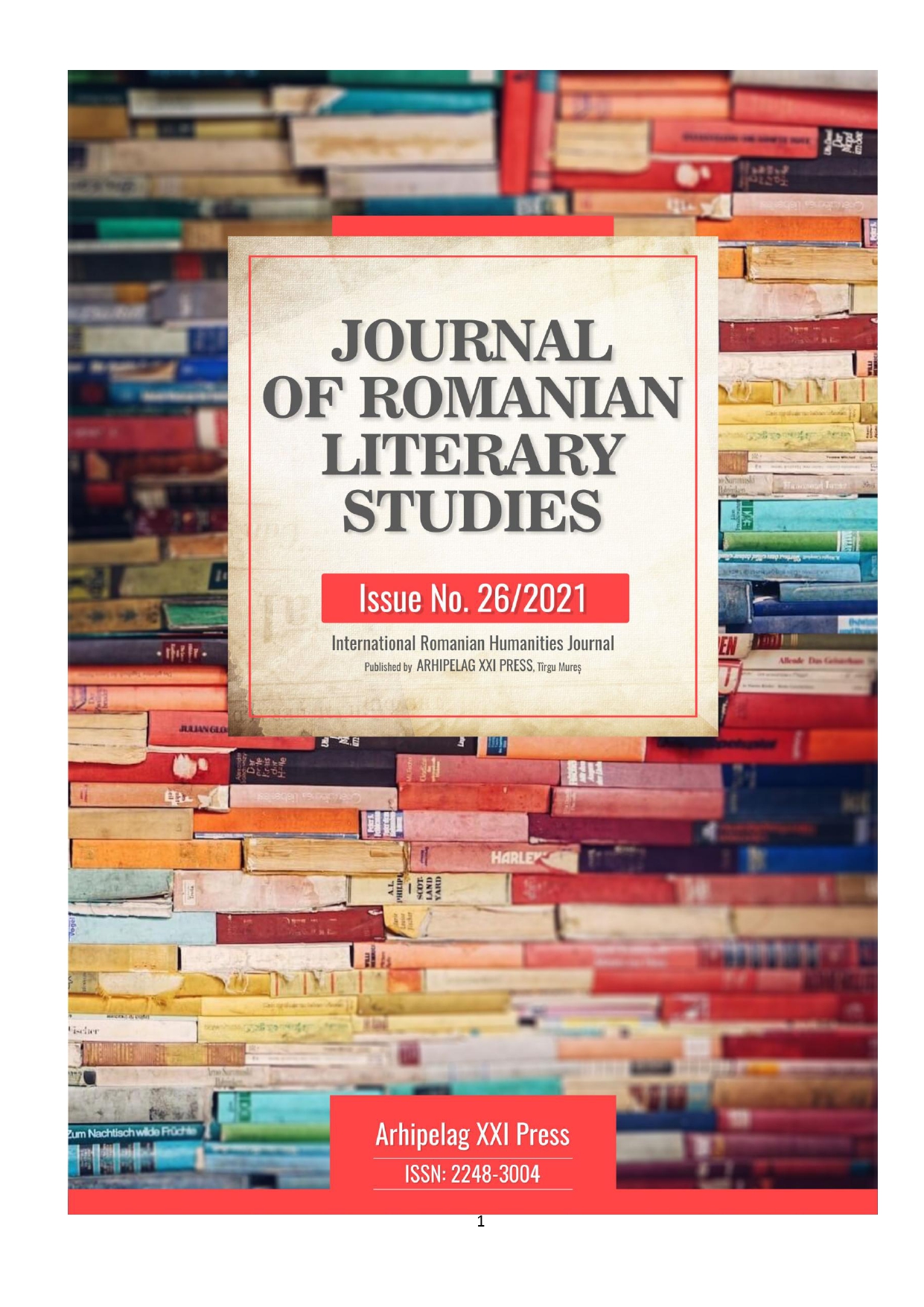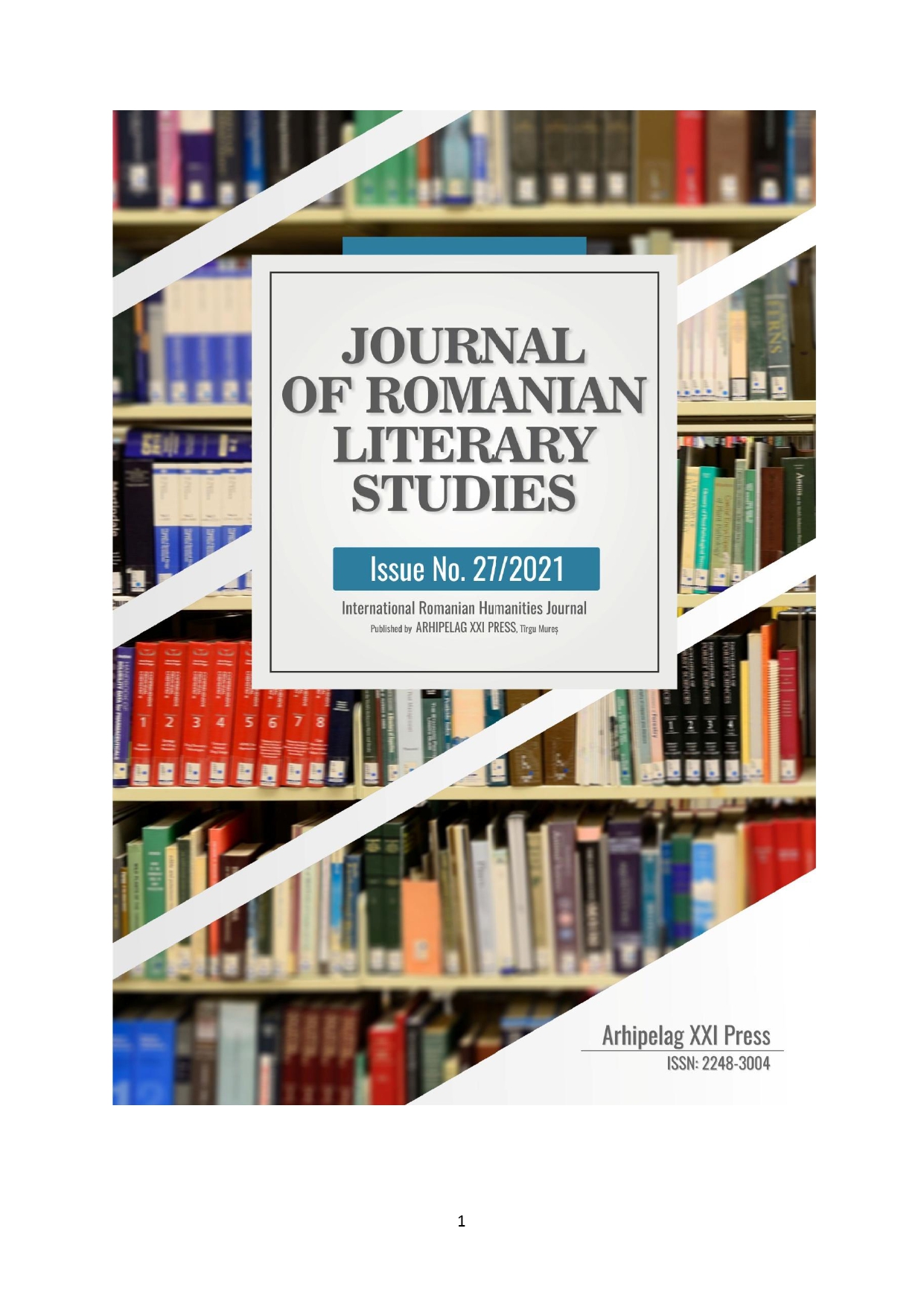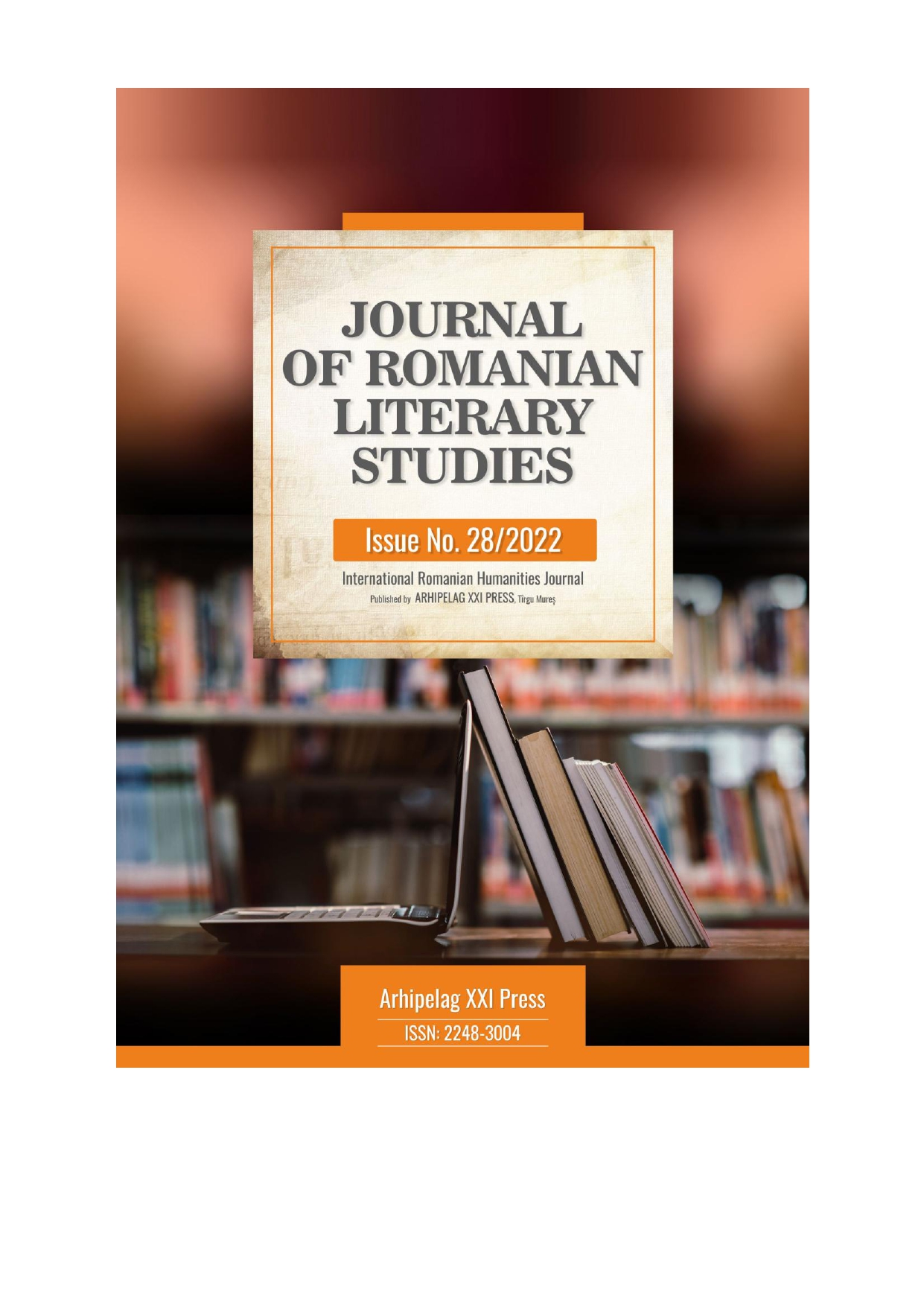Author(s): Valentin Dragoș Biro E. / Language(s): Romanian
Issue: 22/2020
Reality is not copied and transposed ad litteram into texts, but is perceived through the senses, filtered through thought and recreated, through language, in different contexts. Thus, reality and fiction, traditionally viewed in opposition, lose their antagonistic character in the textual plane as long as they are constituted in subjective ways, located either in the sphere of affirmation or in the sphere of denial, of capitalizing the models that referential reality establishes. Fiction becomes, from this point of view, a way to communicate about reality with the help of the linguistic tools that reality itself offers for use. On the other hand, language is in a relationship of continuous interdependence with the environment in which it manifests itself, in the sense that the continuous production of texts (generated in thought, transmitted through speech and sometimes sedimented in writing) cannot be foreign of the social, historical, but especially cultural context in which he marked his beginnings. The language manifests on the individual user the conservative tendency through the mechanisms of the system and through the norm, depositing the tradition in the linguistic science of the speaker, which conforms to him; in turn, benefiting from the freedoms offered and assumed, the user comes to influence the linguistic context through individual innovations, subsequently adopted to a greater or lesser extent, permanently or reversibly, transforming an individual manifestation into an interindividual one, therefore into a new context. The element of stability, the one that protects the culture from a definitive revolt against the old parental forms, belonging to the concrete reality, is the language. Although subjected to a process of manipulation, in the sense that it no longer reveals a reality as it is, lived, but a reality as it is likely to be, created, language retains its fundamental role, that of naming, and this it is obvious by analysing the meaning of names and attributes in different textual, historical, cultural, fictional contexts.
More...
